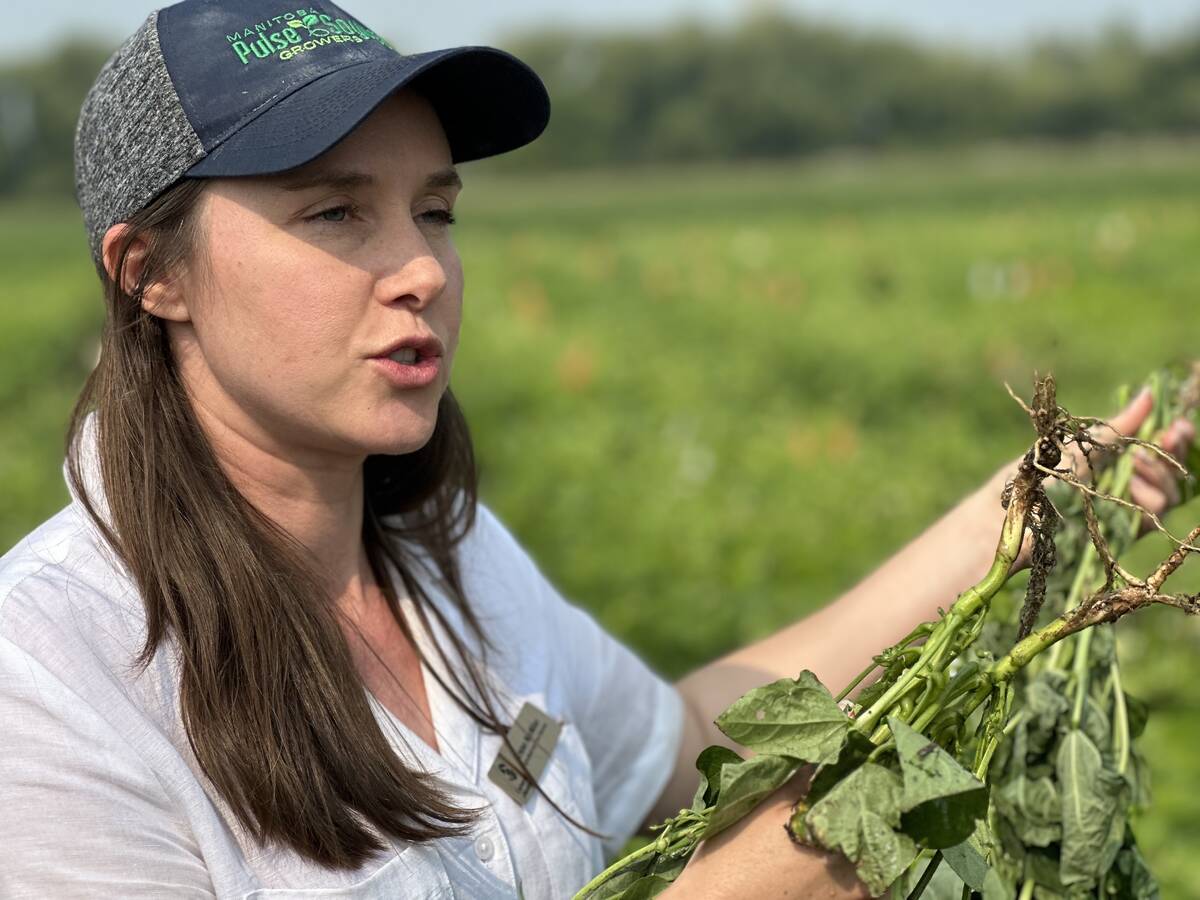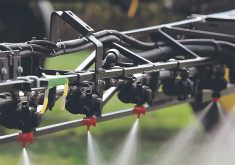Saskatchewan has amended its Provincial Disaster Assistance Program to provide more money to individuals and businesses, including farmers.
The program is designed to provide financial assistance for essential, uninsurable property damaged by floods, tornadoes, plow winds or severe storms.
Among the changes:
• reducing the deductible for private
claimants to five percent from 20
percent; • increasing the maximum amount of financial assistance to principal resident claimants to $240,000 from $160,000;
• increasing the maximum available to farms, small businesses, boards and non-profit organizations to $500,000 from $160,000;
Read Also

Lower nitrogen rates in dry beans could pay off for farmers
Manitoba research is testing whether reduced nitrogen fertilizer in dry beans can maintain yields while cutting costs and lowering greenhouse gas emissions.
• eliminating residency requirements for small businesses and farms;
• providing a $30,000 maximum relocation payment, separate from any property claim.
All the changes are retroactive to April 1, 2010, to cover those affected by this spring and summer’s storms.
Premier Brad Wall said in a news release the government was told that long-standing support levels were inadequate.
“That’s why we are responding to that concern by lowering the deductible and raising the cap for who suffered damage,” he said.
Don Connick, vice-president of the Agricultural Producers of Saskatchewan, welcomed the improvements.
“We had talked to the government about extending the program,” he said, adding the changes will provide significant help for farmers affected by the weather disasters.
He said some farmers would still be left holding the bag for some of the needed repair and maintenance work.
APAS also issued a news release telling farmers to look at purchasing additional weather-related insurance, specifically mentioning one company.
Cossick said APAS is not endorsing eWeatherRisk, which is not available in Saskatchewan, but he said it’s one example of the kind of insurance that is available.
It offers specific, short-term coverage. For example, a farmer could purchase frost insurance running from Sept. 1 to Sept 30.
It carries a sizable premium because it’s high risk insurance.
“We’re just suggesting it and similar companies as an alternative to top up regular crop insurance,” said Cossick.














